 The other night C and I watched the PBS show Wide Angle's Brazil in Black and White, a show on the rise of affirmative action programs at Brazilian federal universities that was also a focused exploration of the increased political activism among Afro-Brazilians. The show introduced five college aspirants living in or near Brasília, Brazil's 51-year-old planned federal city in the country's interior. The students all sought to attend the free Federal University of Brasília, one of the country's best institutions, which implemented affirmative action a few years ago in an effort to increase the number of Black and brown (mixed-raced) students. As I recall the statistics, Brazil's Black and brown population totals about 80 million people, or close to 50% of the population, and yet well over 90% of the students at the Federal University of Brasília were White (or considered themselves as such). (I should add that a particularly brilliant researcher from the University of Brasília working on issues of racial, political and sociocultural formation through private social clubs in Rio's suburbs was resident last year at the university.)
The other night C and I watched the PBS show Wide Angle's Brazil in Black and White, a show on the rise of affirmative action programs at Brazilian federal universities that was also a focused exploration of the increased political activism among Afro-Brazilians. The show introduced five college aspirants living in or near Brasília, Brazil's 51-year-old planned federal city in the country's interior. The students all sought to attend the free Federal University of Brasília, one of the country's best institutions, which implemented affirmative action a few years ago in an effort to increase the number of Black and brown (mixed-raced) students. As I recall the statistics, Brazil's Black and brown population totals about 80 million people, or close to 50% of the population, and yet well over 90% of the students at the Federal University of Brasília were White (or considered themselves as such). (I should add that a particularly brilliant researcher from the University of Brasília working on issues of racial, political and sociocultural formation through private social clubs in Rio's suburbs was resident last year at the university.)Unlike in the US, where most university affirmative action plans do not involve quotas and where affirmative action over its entire lifespan as a federal and state program has benefitted White women more than any other group, the Brazilian university affirmative action plans involve set quotas, with 20% or so of the spaces in an entering class reserved for Black and brown people, but there's a catch: because the vast majority of Brazilians could probably claim some African ancestry (nearly 49% of White Brazilians in the country's predominantly European south have more than 10% of African ancestry, according to genetic testing), candidates for the quota positions must first self-identify as Black and then submit to a qualification panel that uses facial images and other factors to determine racial status. In part, this is to prevent "White" students from claiming "Blackness" as another advantage, but it has not always turned out well; in one high-profile case that anti-affirmative action critics like to tout, two identical twin brothers were differently assessed, with one being declared Black and the other White. The confusion and arbitrariness of the racial decision-making played into the storyline, as the three "Black" high school students each worried whether or not they would qualify. I won't give away the verdicts, but one whose mother noted that her Blackness was "in her eyes" refused to take the affirmative action option while two others did. All three were students at public high schools in outlying districts of Brasília, a large (2.3 million people), while the other two aspirants were Whites living in considerably better circumstances. One young man, a senior at the elite Catholic school Academia Galois, lived in great luxury, while the fifth college aspirant, who'd failed in five attempts to enter Brasília's medical program, both before and since the affirmative-action changes, came from a middle-class background that could afford to pay for her continual academic preparation.
The complicating factor for all five was that unlike at American colleges and universities, admission to Brasília, even taking into account the new affirmative action plans, rested primarily on one requirement: passing the brutal vestibular, or university admissions exam, a kind of SAT-with-advanced placement exams. Personally essays, interviews, rich parents all have little role at the free, public state institutions--or at least at the best ones, which are usually located in the state capitals. I would imagine that the exam's difficulty automatically puts the public school students at a disadvantage, which became clear when the three young Black women took it. It was also clear from the scenes of the elite Catholic school, which was known for its success at preparing students to pass the vestibular, that there were very few brown or Black students enrolled there. So ultimately, while the affirmative-action programs may help admit more Black students, the show made clear that the disparity in education--and multiple social factors and indicators in general--was an ongoing problem that led to disparate outcomes and needed to addressed. (You can even see the lists of successful vestibular candidates, I believe, in Brazilian newspapers like Correio da Bahia.)
The show's broader interest was in the waxing political outspokenness of Afro-Brazilians and the criticism and negative reactions among Whites and even some Afro-Brazilians. In addition to the university affirmative action programs, which one White scholar at Brasília claimed would lead to "racism" (!), Wide Angle noted that Afro-Brazilians have been pushing for affirmative action programs in other areas, with varying degrees of success. One featured organization, EducAfro, an activist group based in São Paulo, has been pushing for expanded affirmative action in hiring, improved funding for education, and racial consciousness, affirmation and solidarity. The peaceful EducAfro demonstration in the show erupted into a confrontation with the police, but did lead to a closed-door huddle with a city official and minor promises. That was only one part of a multipronged political effort, however. Wide Angle also showed Brazilian lawyers in a training session with NAACP Legal Defense Fund lawyers to learn how to better use Brazil's laws and Constitution to press for changes on many levels. For despite Brazil's never having Jim Crow laws and its Black success stories of lore, and alongside its longstanding self-deluding notion of being a "racial democracy," a fiction millions of Brazilians cling to against numerous signs to the contrary, the racial and color lines are fairly distinct and hard to dispel. The vast majority of Brazil's poor and disenfranchised are Black and brown, and this is a legacy of more than three centuries of slavery, a terrible emancipation law and process in 1888, and socially and politically codified racism, classism, and white supremacy over hundreds of years.
One result that I've noted on here before is the propensity in Bahia, for example, for Blacks to vote for White politicians over Black ones, almost by default; a cabdriver there broke it down simply enough for me as "Negro não vota negro," and Wide Angle showed that despite the vast numbers, the cabdriver's assessment was right on. There are only a handful of Black legislators in either of Brazil's congressional houses. (Defying this trend, Rio has had a Black female Congresswoman and Senator, Benedita da Silva, the first ever in the country, who was later its first female and Black governor.) One of the few currently holding a federal office, a Senator from Rio, was actively pushing some of the affirmative action legislation, but he noted that he was constantly met with resistance and denials. The great fear, he pointed out, was that the masses might actually get a fair shake, including a real education. And then there'd be no turning back.
 Watching the program underlined for me how far along in many waysBlack Americans have come, despite the long history of racist oppression and exclusion, and the ongoing problems of racism and white supremacy. Our sucesses did not come with constant struggle, considerable suffering and violence, and unyielding persistance and endurance. Much is the blood and many are the tears along our path, and the road continues before us. We've had to use of every means available, from persuasion to marches to litigation, and even when we've won we've still had to struggle to see those victories realized in real time. Yet we are much farther along than generations our ancestors were in so many ways, and farther along, in key ways, than our fellow Black people in many parts of the globe, including Brazil. Seeing similar yet different processes underway in Brazil was fascinating and heartening, as was the cross-cultural dialogue and exchange taking place between the Afro-Brazilians and African Americans. Brazil has a long way to go, not least because of the extraordinary economic stratification, one of the worst of its kind in the world, where a very small number of mostly White people own and control the majority of the country's financial wealth and economic resources, an issue the quasi-Socialist President Luiz Inácio Lula da Silva and his Workers Party have not really come close to rectifying, but then it's clear that no Brazilian government is going to effect the changes necessary, though it can take steps, like the affirmative action programs, to foster the conditions for change to occur. Real change will come, and is coming, from Afro-Brazilians themselves, and they made clear on this program that they weren't going to turn back.
Watching the program underlined for me how far along in many waysBlack Americans have come, despite the long history of racist oppression and exclusion, and the ongoing problems of racism and white supremacy. Our sucesses did not come with constant struggle, considerable suffering and violence, and unyielding persistance and endurance. Much is the blood and many are the tears along our path, and the road continues before us. We've had to use of every means available, from persuasion to marches to litigation, and even when we've won we've still had to struggle to see those victories realized in real time. Yet we are much farther along than generations our ancestors were in so many ways, and farther along, in key ways, than our fellow Black people in many parts of the globe, including Brazil. Seeing similar yet different processes underway in Brazil was fascinating and heartening, as was the cross-cultural dialogue and exchange taking place between the Afro-Brazilians and African Americans. Brazil has a long way to go, not least because of the extraordinary economic stratification, one of the worst of its kind in the world, where a very small number of mostly White people own and control the majority of the country's financial wealth and economic resources, an issue the quasi-Socialist President Luiz Inácio Lula da Silva and his Workers Party have not really come close to rectifying, but then it's clear that no Brazilian government is going to effect the changes necessary, though it can take steps, like the affirmative action programs, to foster the conditions for change to occur. Real change will come, and is coming, from Afro-Brazilians themselves, and they made clear on this program that they weren't going to turn back.



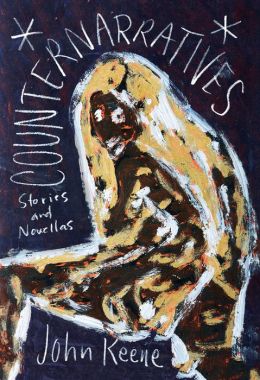
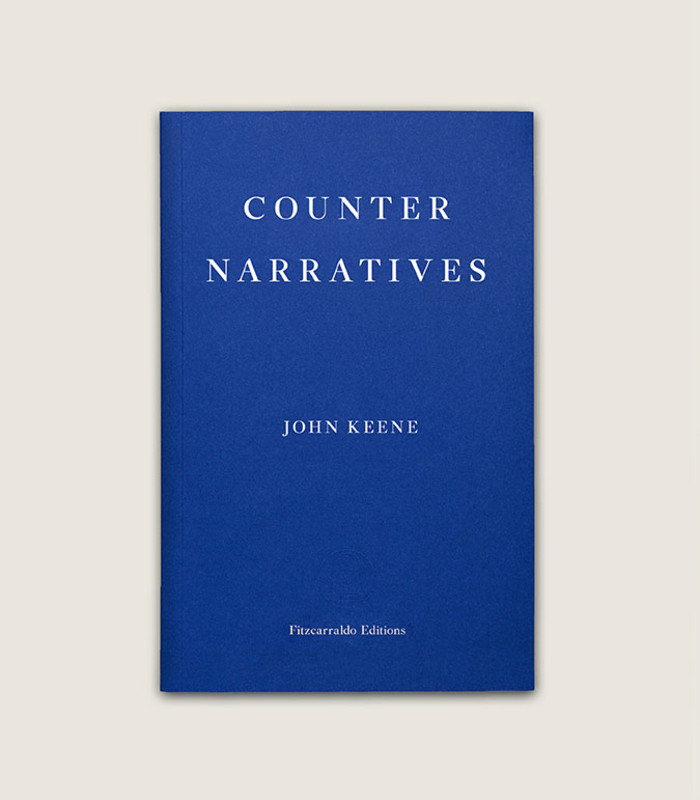
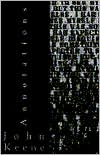
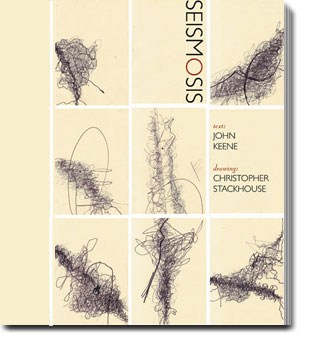
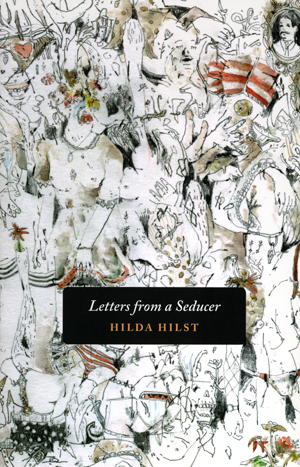

Thanks for posting this! The whole thing is available from the pbs website you linked... fascinating.
ReplyDeleteLive from Barzil, thanks for dropping in.
ReplyDelete